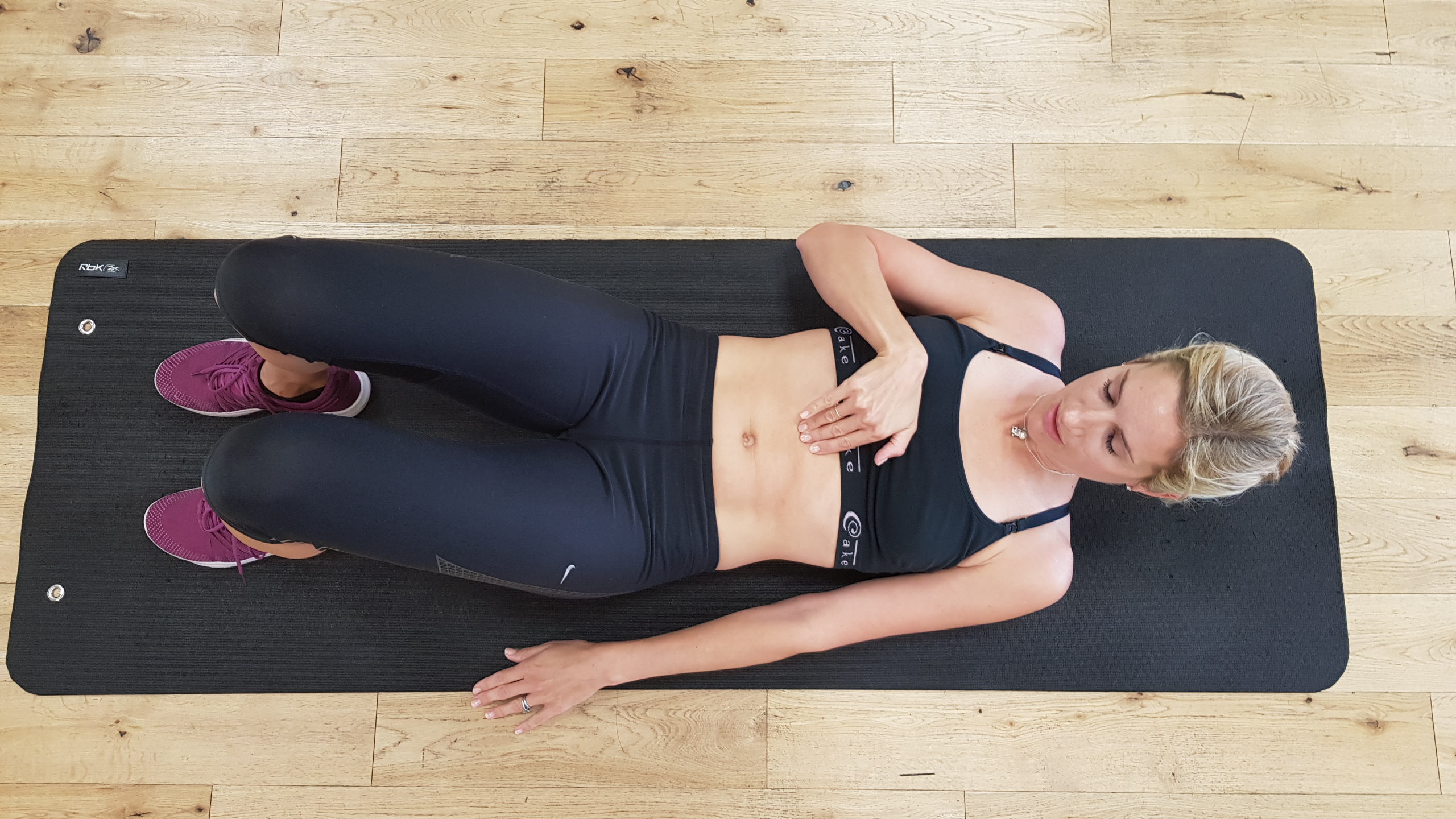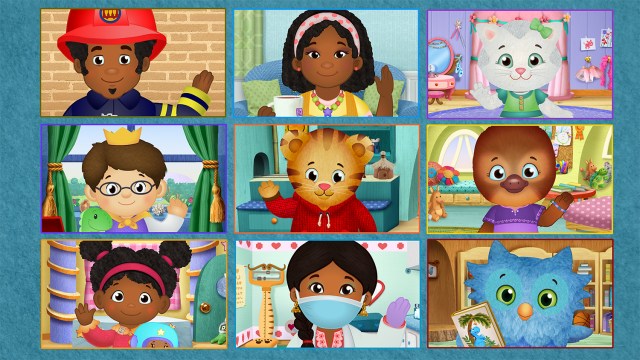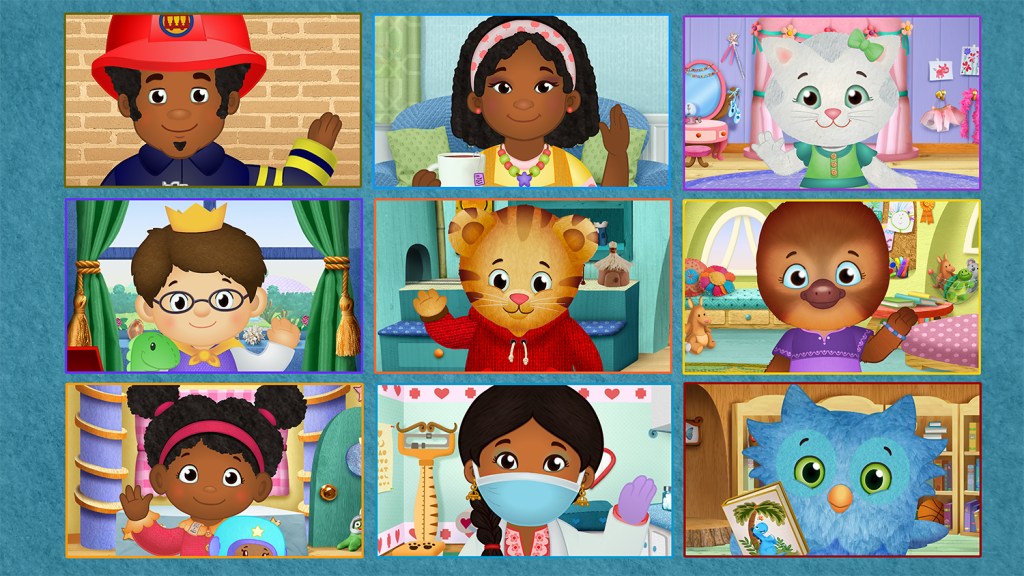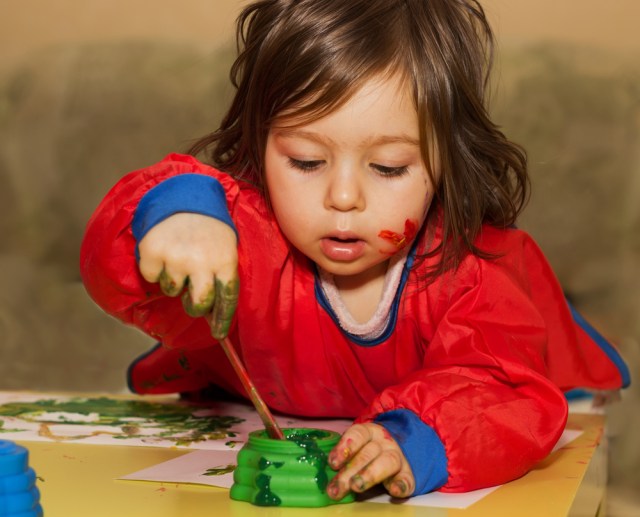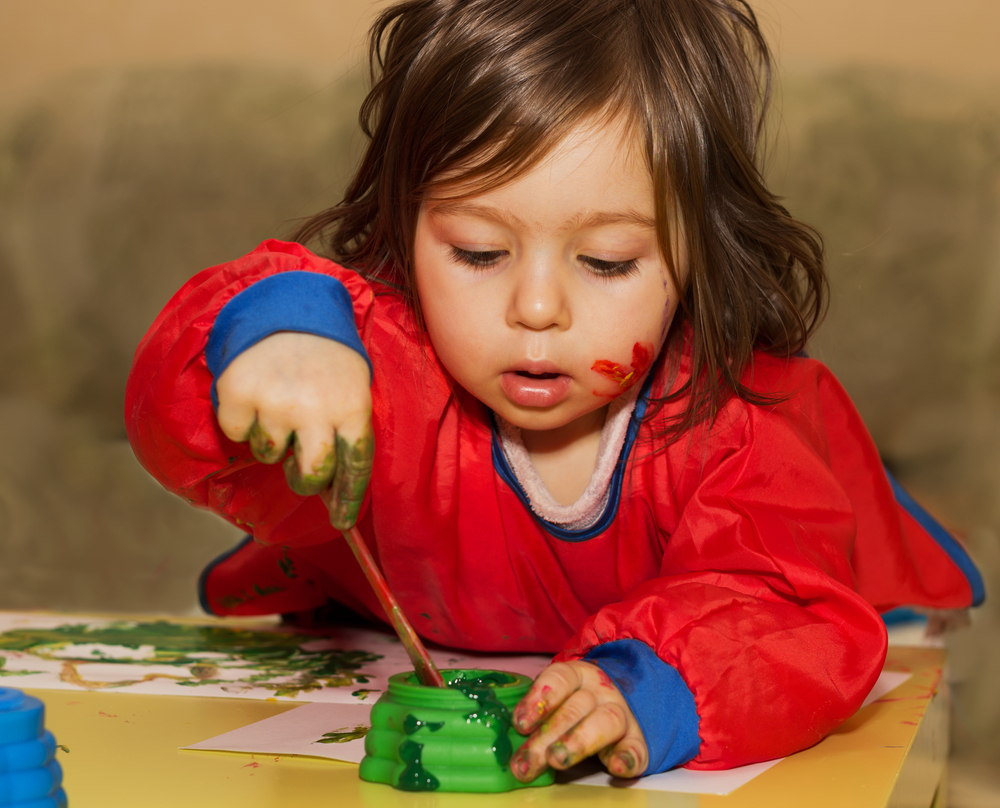The big day is almost here! Now’s the time to map out your Atlanta trick-or-treat route with the kids
October brings everything spooky, and Halloween is a real “treat” in Atlanta. It’s time to gather your little ghouls and goblins to take them for a mysterious, but a kid-friendly, night on the town. The metro Atlanta area springs to life every year with annual Halloween trick-or-treating bashes, and this season there are a few new additions for kids to gather their goodies in some of the most haunted areas. Check out these fang-tastic Halloween-themed activities you and the kiddos can head to this year.
The best Atlanta trick-or-treat neighborhoods and events
Halloween Hike
Become one with the creatures of the forest at the Chattahoochee Nature Center. Explore the mysterious forest on a guided night hike during the 37th Annual Halloween Hikes. This is a family-friendly hike with music, crafts, and campfires and is perfect for a non-scary Halloween event for all ages. But make it a new Halloween tradition. Hikes held on October 28 and 29.
9135 Willeo Rd.
Roswell, GA
Event details
Margaret Mitchell Neighborhood
This Buckhead neighborhood is bound by Moore's Mill Road on the south, I-75 on the east, and the Paces neighborhood on the west, and is especially happening in the streets surrounding the Morris Brandon Primary Center. Expect a neighborhood draw and loads of kids.
Find it: Start on Sequoyah Dr. and Margaret Mitchell Dr. in Atlanta.
Related: Scare Up Fun! 15 Halloween Happenings around Atlanta
Midtown
Located at Penn Avenue and Myrtle Street, from Fourth to Eighth Streets, you'll find The Midtown Neighborhood Association is hosting its annual Bash on Halloween this year. The Halloween Bash, which is now a spooktacular block party, will allow the kiddies to party for two extra hours. The family can enjoy food, mysterious fun, and trick-or-treating during the extended time.
Find it: Start at Myrtle St. and Fourth St. in Atlanta.
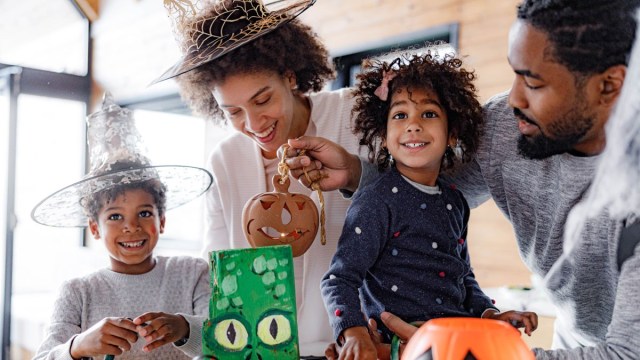
Ashford Park Neighborhood
This neighborhood in Brookhaven, surrounding Ashford Park Elementary School, is known for its pedestrian-only Redding Road segment of Halloween revelry, but the streets near Redding Road equally embrace Halloween. The best news? Ashford Park, located at Redding Road and Caldwell Road, is known as the "push toy park" and is the perfect spot to calm an over-excited (or over-sugared) little one down before heading to the next house.
Find it: Start on Redding Rd. and Caldwell Rd. in Atlanta.
Virginia-Highland
Not far from Inman Park, you'll find elaborately decorated homes, sidewalks, and plenty of streetlights in Virginia Highland. Just steer clear of North Highland Ave. This particular neighborhood may be more geared toward older kids and adults. Some bars and restaurants celebrate Halloween, but it may be a bit scary for the tiny tikes.
Find it: Start at Barnett St. and Adair Ave. in Atlanta.
Inman Park Neighborhood
Inman Park is probably one of the best places to trick or treat. With streets of Victorian houses (not so spooky any other time of the year, but really—have you ever seen a haunted house that's not a Victorian?), Inman Park is the perfect backdrop for trick-or-treating. The neighborhood takes decorating for Halloween seriously, so expect some legitimately spooky displays, but it's a fun and safe environment suitable for some serious fun.
Find it: Start on Sinclair Ave. or Elizabeth St. in Atlanta.
Historic Brookhaven
While the homes in Historic Brookhaven are a bit more spread out, the streets in this beautiful neighborhood are easy to navigate and are filled with little trick-or-treaters every Halloween.
Find it: Start at East Brookhaven Dr. and East Club Ln. in Atlanta.
Related: Scared Silly: Not-Too-Spooky Halloween Thrills for Atlanta Kids

Grant Park
This historic neighborhood in Atlanta has a bit of the Halloween flair year-round, with massive Victorians lining the streets. These (possibly haunted) homes go all out for trick-or-treating and are close together to maximize your candy and minimize your walking. The Atlanta Zoo is also nearby and a great place to trick or treat and have a howling good time. Kiddies can dress up as their favorite animals and hang out with them at the Boo at the Zoo. Don't forget you can also go ghost hunting and "Capture the Spirits" at the Oakland Cemetery.
Find it: Start at Cherokee Ave. and Atlanta Ave. in Atlanta.
Avondale Estates
Annually on Halloween night, the City of Avondale closes some of its streets, issues a detailed safety map for trick-or-treaters, and awards homeowners City of Avondale Estates Halloween Spirit Awards for best decorations, scariest, most creative, and best decor for kids. This year, a neighborhood parade will end with spooky treats, good eats, and ghostly fun!
Find it: Start on Clarendon Pl. in Avondale Estates.
Chastain Park Neighborhood
With streets that are closed to vehicles, food trucks, and even one of Atlanta's best playgrounds (in case the kiddos need a break from the action). The area is perfectly set up for the annual this neighborhood is prime trick-or-treat real estate.
Find it: Start at Broadland Rd. and Hillside Dr. in Atlanta.










